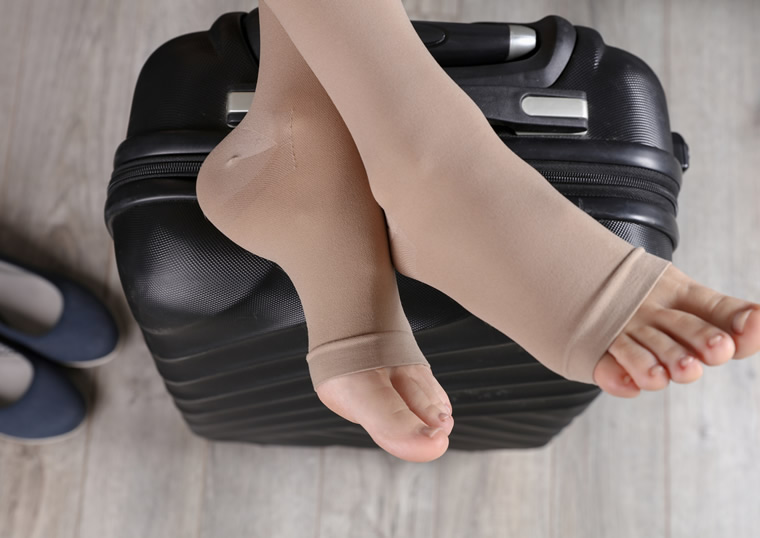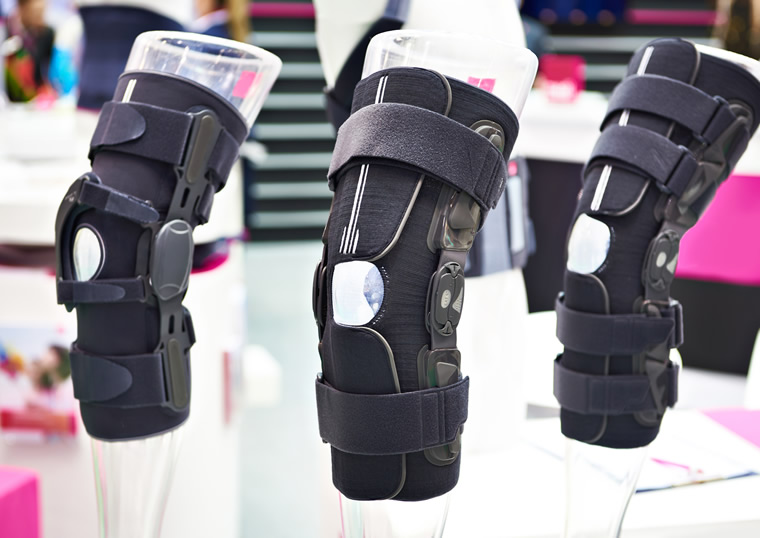Orthopaedic Footwear and Modifications
Orthopaedic footwear is used to accommodate, control, or support the therapeutic needs of a foot deformity or abnormality in the leg, knee, or ankle. Orthopaedic shoes should be from a recognized footwear manufacturer and may be modified or adjusted to accommodate the specific needs of a patient.
Coverage under Extended Health Benefit plans may vary significantly for orthopaedic shoes and shoe modifications. Please refer to your employee benefits booklets and/or your insurance carrier for coverage.
Orthopaedic shoes and shoe modifications claimed under Extended Health Benefits should:
- Be medically necessary and prescribed by a qualified provider as outlined under your Extended Health Benefits plan.
- May be off-the-shelf or customized for the claimant.
- Orthopaedic shoes, including any modifications, must be fitted and dispensed by a qualified professional where it is permitted it is within their scope of practice to do so.
Claims reimbursement will be subject to applicable plan maximums, deductibles, and limitations are defined under your benefits policy. Please refer to your employee benefits booklet and/or your insurance carrier for coverage.
Prescriptions should include the following:
- Be prescribed by a health care professional in good standing with their provincial regulatory body.
- Include a diagnosis that outlines the medical condition that necessitates the orthopaedic shoes and/or shoe modifications.
- For modifications, an outline of the shoe modifications that are required and how each modification is intended to aid in treatment or correction of the claimant’s condition.
- Confirmation from the prescriber that the orthopaedic shoe is not intended solely to accommodate an orthotic (either custom made or off-the-shelf)
The invoice provided by the Approved Provider and submitted by the claimant should include the following information:
- The make, model, and/or style number of the orthopaedic shoes dispensed to the claimant.
- The SKU and/or serial number of the shoes dispensed.
- The name, signature, and qualifications of the person who dispensed the shoes.
- The date the orthopaedic shoes and any modifications (if applicable) were paid in full and/or dispensed
- Confirmation if the modifications are being made to a new or existing shoe
- If made to a new shoe – the make, model, style, and SKU# of the shoe being modified is required.
- A breakdown of charges for the shoe (if applicable), the modifications, and materials used.
- Name, signature, and qualifications of the person who performed the modifications and who dispensed the modified shoes.
Confirmation of a follow-up appointment to confirm fitting of the orthopaedic shoes and modifications (if applicable).
A biomechanical and gait analysis should be performed by a qualified foot specialist and included in the claim submission.
Any modifications being performed must be accompanied by a detailed summary that includes the following information:
- A description of the modification being performed.
- A detailed description of what condition the modification is meant to correct and how.
- A breakdown of the materials and costs associated with the modification
- Confirmation of which qualified foot professional performed the modifications and a copy of the work order report and/or laboratory invoice if outsourced to a third party.





